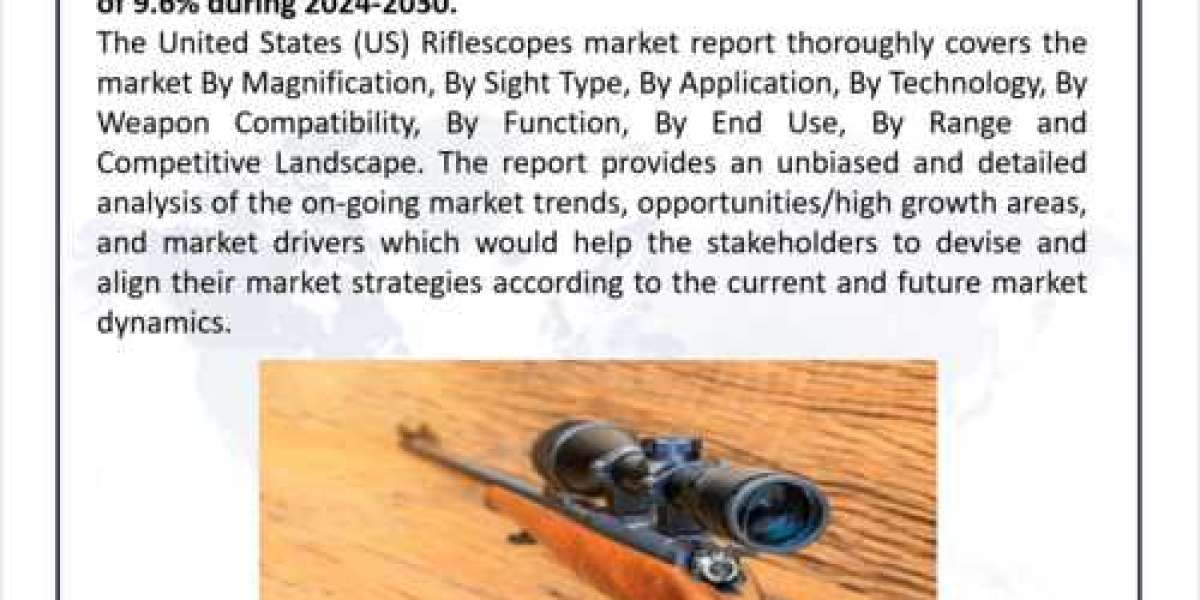The iron ore mining market is a vital component of the global economy, serving as the primary source of one of the world's most essential commodities: iron. Iron ore is the key ingredient used in the production of steel, which is ubiquitous in construction, infrastructure, machinery, transportation, and numerous other industries. As such, the iron ore mining market plays a crucial role in supporting industrial development and economic growth worldwide.
The process of extracting iron ore involves various stages, from exploration and discovery to extraction, processing, and transportation. Exploration activities are conducted to identify potential ore deposits, utilizing geological surveys, remote sensing technologies, and drilling techniques to assess the size, quality, and feasibility of the reserves. Once a viable deposit is identified, mining operations commence, typically involving open-pit or underground methods depending on factors such as the depth and geology of the deposit.
The global iron ore mining market is characterized by a handful of major players, often referred to as "big iron," which dominate the industry due to their extensive reserves, advanced technologies, and efficient logistical networks. These companies, located predominantly in Australia, Brazil, and China, account for the majority of the world's iron ore production, leveraging economies of scale and vertical integration to maintain competitive advantages.
Australia and Brazil are the two largest producers of iron ore globally, boasting vast reserves of high-grade hematite and magnetite ores, which are prized for their low impurity content and suitability for steelmaking. The Pilbara region in Western Australia and the Carajás mine complex in Brazil are among the most prolific iron ore mining hubs, with billions of metric tons of reserves and state-of-the-art infrastructure for extraction, processing, and export.
China, the world's largest consumer of iron ore, plays a pivotal role in the iron ore mining market, not only as a major importer but also as a significant producer, albeit with lower-grade ores that require extensive beneficiation. Chinese companies have invested heavily in overseas mining projects to secure access to high-quality iron ore reserves and diversify their sources of supply, reducing dependency on imports and mitigating geopolitical risks.
The iron ore mining market is subject to various dynamics and factors that influence supply, demand, and prices. Economic growth, industrial activity, infrastructure development, and steel consumption are primary drivers of demand for iron ore, with emerging economies, particularly in Asia, driving much of the growth in recent years. Conversely, fluctuations in steel prices, trade tensions, environmental regulations, and geopolitical conflicts can impact market sentiment and investment decisions, affecting production levels and investment in new projects.
Environmental and social considerations are increasingly significant factors shaping the iron ore mining market, with stakeholders demanding greater transparency, sustainability, and responsible practices throughout the supply chain. Environmental impacts associated with mining operations, such as deforestation, habitat destruction, water pollution, and greenhouse gas emissions, are subject to scrutiny and regulatory oversight, prompting companies to adopt cleaner technologies, reduce carbon footprints, and engage with local communities to mitigate negative impacts and ensure social license to operate.
In conclusion, the iron ore mining market is a vital component of the global economy, providing the essential raw material for steel production and supporting industrial development and infrastructure growth worldwide. While dominated by a few major players with vast reserves and advanced technologies, the market is influenced by various factors, including economic trends, technological advancements, environmental considerations, and geopolitical dynamics, which shape supply, demand, and prices in this critical industry.








